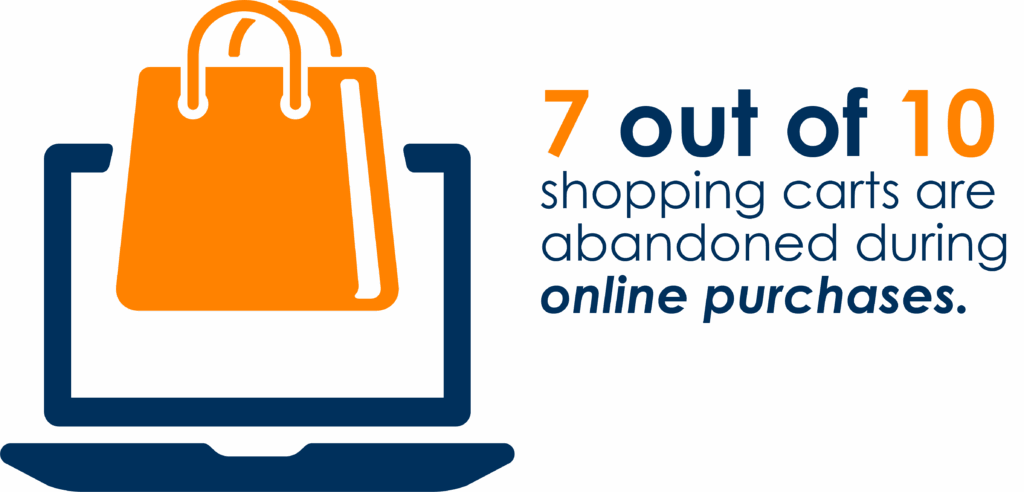
One of the most consistent ideas in the field of customer service is how the service team is a cost to the business. The sales team drives revenue, but your customer service team is just a necessary expense.
I have spent years telling colleagues and clients that if this is your starting point when designing a customer service strategy then you will either fail, or you will leave potential revenue on the table. This is because all that customer engagement creates an enormous number of opportunities to generate additional revenue – and goodwill.
I don’t just mean always suggesting an upgrade when a customer is on a service call. If you truly understand your customer issues – and help them to solve a problem – then you can create a sales opportunity that is seen as helpful by the customer. They received support and advice and, by making an additional purchase or commitment, all their problems have been resolved. It doesn’t feel like selling.
This can work in many different ways, so let’s explore some of the more specific strategies you can use to generate revenue from your customer service engagement.
Contextual Cross-sell and Upsell
This is where the agent can help the customer fix a specific problem by suggesting an upgrade, higher tier of service, or an adjacent product that may be of interest. For example, a customer complaining about data charges on their phone bill can fix the situation by purchasing data or a new upgraded plan. Fix the issue then suggest an idea.
Add-On and Extended Services
You might not buy an extended warranty on your phone because you rarely lose or break it, but what about your teenage kids? If a small extra fee on their phone bill can provide complete cover against a broken phone then maybe it’s worth the upgrade? These small extra charges like faster shipping, installation, and extra protection can all lead to valuable extra revenue.
Optimization and Upgrades
Directly advising the customer that the service or billing tier they are on doesn’t match their service use. Showing them that an upgrade can save them money and time and fewer unexpected charges.
Proactive Offers and Renewals
Use data analysis to detect which customers are at risk of churn and proactively contact these customers, or trigger an intervention when this customer is next in touch, so discounts can be offered before the customer is lost.
Connect Service to Sales
Instead of working separately, connect the teams and find customer journeys that can benefit from this shared activity. For instance, if a customer expresses interest in a new product or service during a service interaction then ensure your service team members can schedule calls from the sales team to discuss options. It’s called coordination.
Cart Rescue
Most online shopping carts are abandoned – around 7 in 10 to be precise. If you can rescue even just a few percent of all those abandoned carts, then the revenue boost will be significant. Whenever a customer has a problem with their cart – or the purchase process – then ensure that the service team can intervene and follow through all the way to completing the sale. Hold the hand of the customer and walk them all the way.

Work with Partners
When your customer is asking about a relevant product then suggest matching services from your partners. Airline customers often need car rental or accommodation – integrate the offer into the service and sales process so it becomes simple to buy additional services. It’s simple, but the fees add up.
These are the priorities. Redirecting your customer service strategy to support these activities can transform your approach to customer engagement. Imagine the reaction of your CFO when they realize that all those ‘costs’ can now be filed under ‘revenue opportunity’ instead.
A Word of Caution
A word of caution is essential though. Integrating these processes into the service team requires training and new guidelines. Many of these processes also need technical support – such as AI helping to identify the customers most at risk of requiring a proactive intervention. Agent Assist tools, such as ‘next best action’, also help to support the need for greater personalization and knowledge of customer preferences.
In general, it is best to help a customer solve their problem and then to suggest an upgrade or new product rather than pitching a purchase explicitly as the solution. The systems you are using to guide agents, and to suggest eligible upgrades or ideas, also need to comply with any relevant data protection rules.
As with all sales initiatives, it also pays to think about how you incentivize the agents. If the only bonus is on conversions then you can expect less of a focus on customer service and quality interactions and far more agents just pushing unwanted products. Don’t tank your satisfaction metrics in a flawed drive for revenue.
Closing Thought
The focus for any customer calling a customer service line is solving a problem. If your service team can solve the problem and also engage the customer in making a new purchase or commitment to your business then that demonstrates the real opportunity. Your service team really can drive revenue from customer engagement and increase customer satisfaction at the same time.





